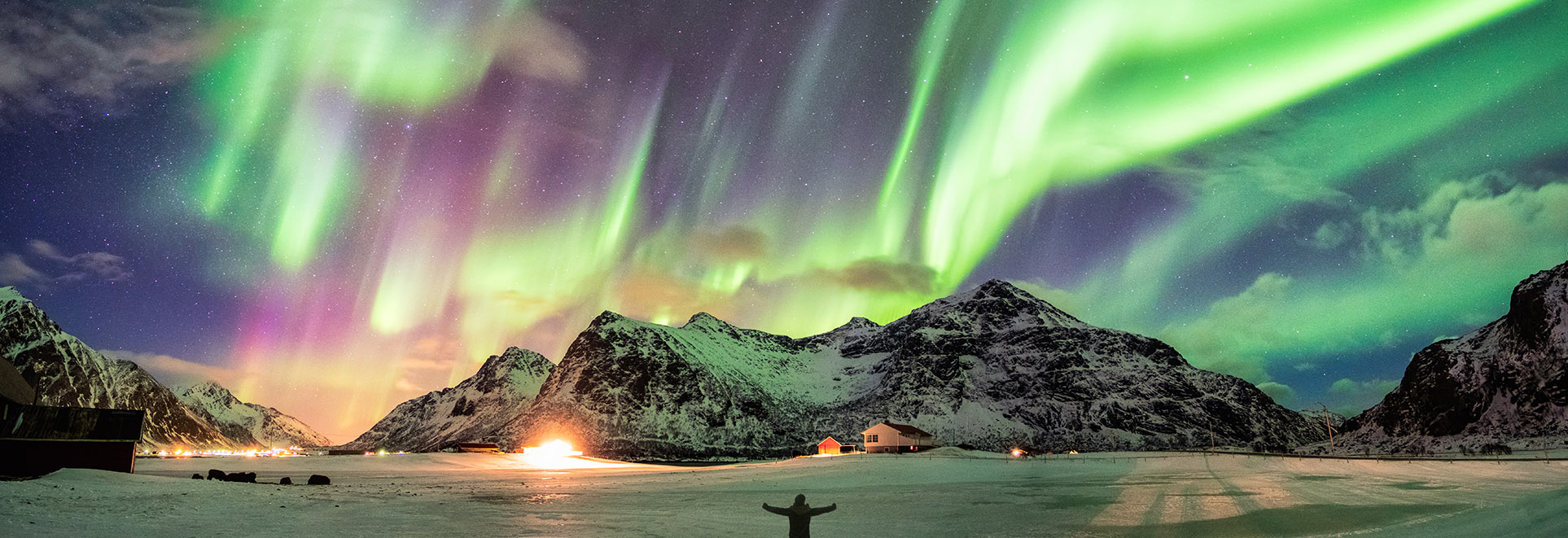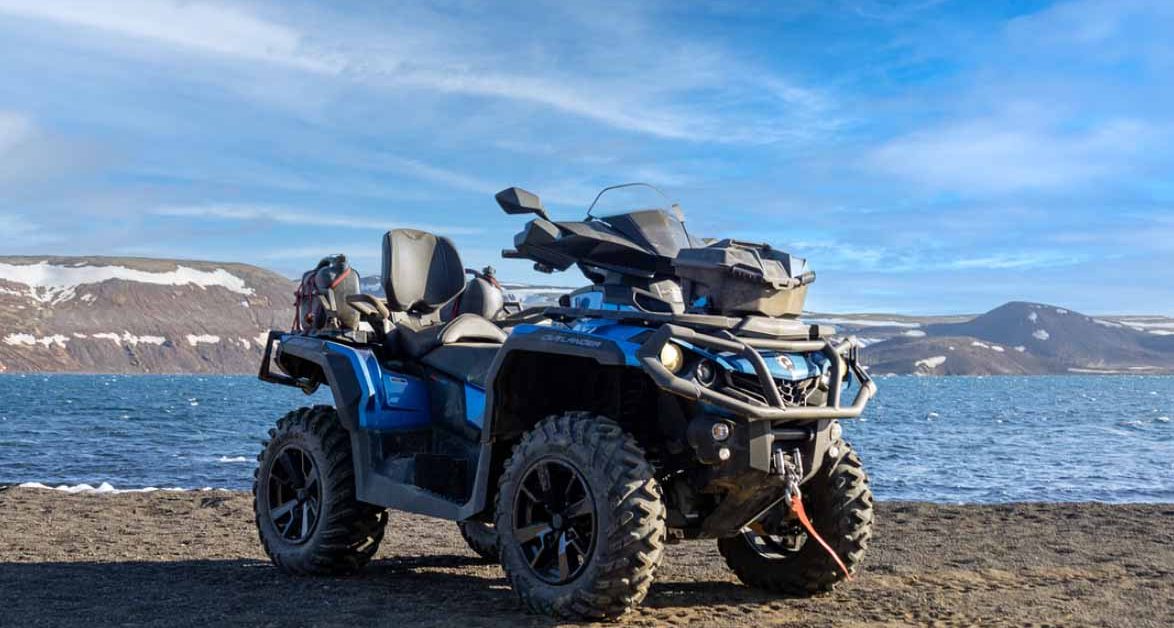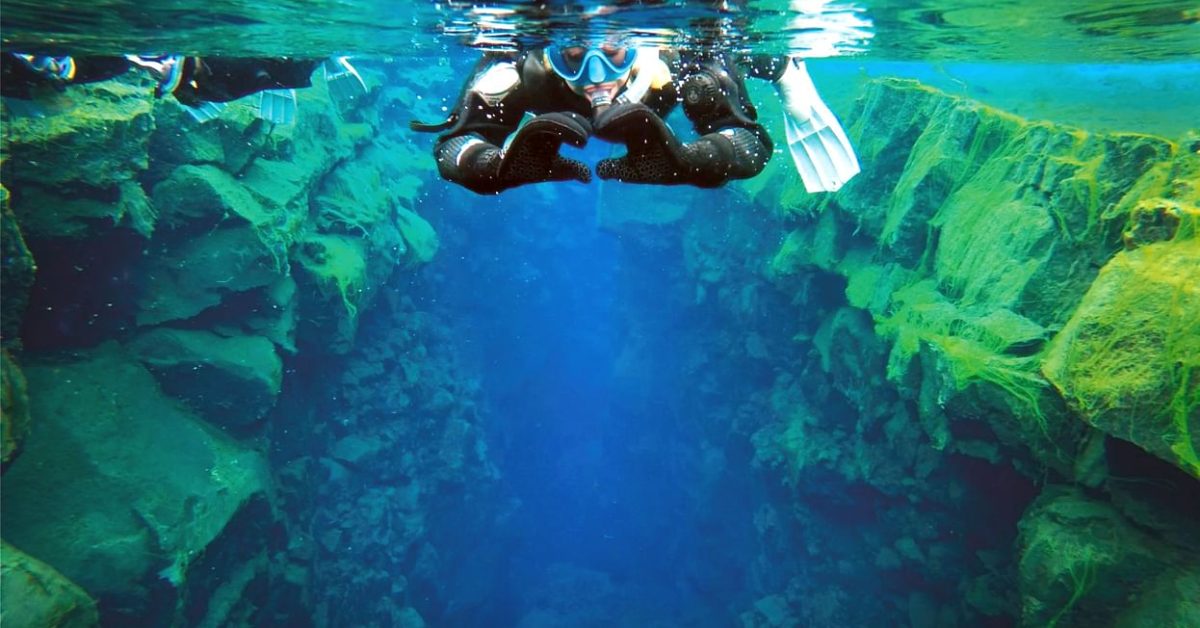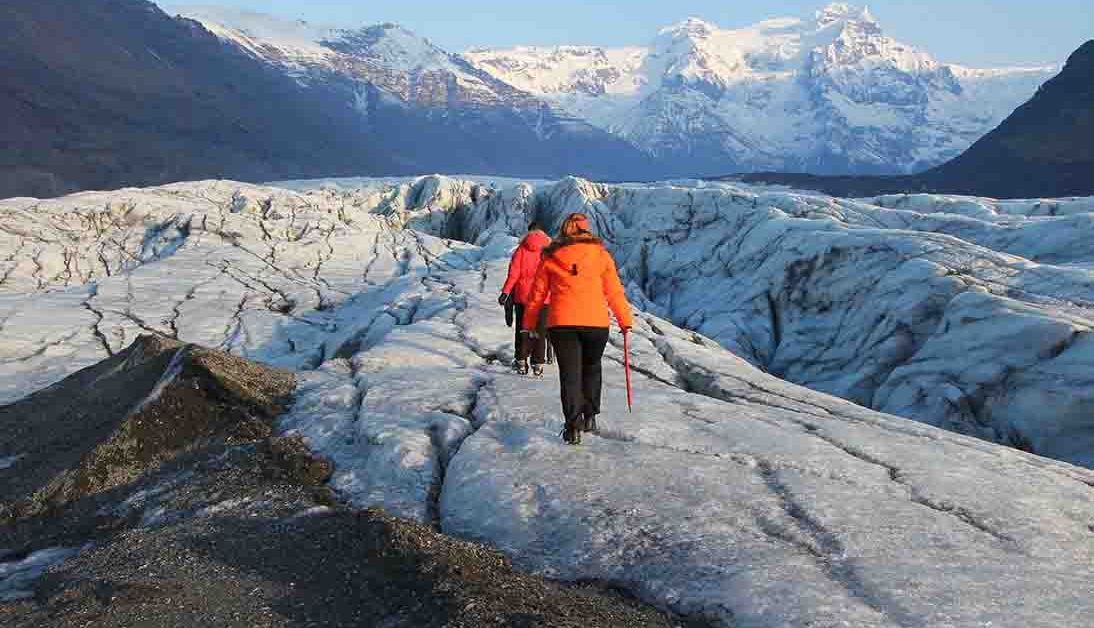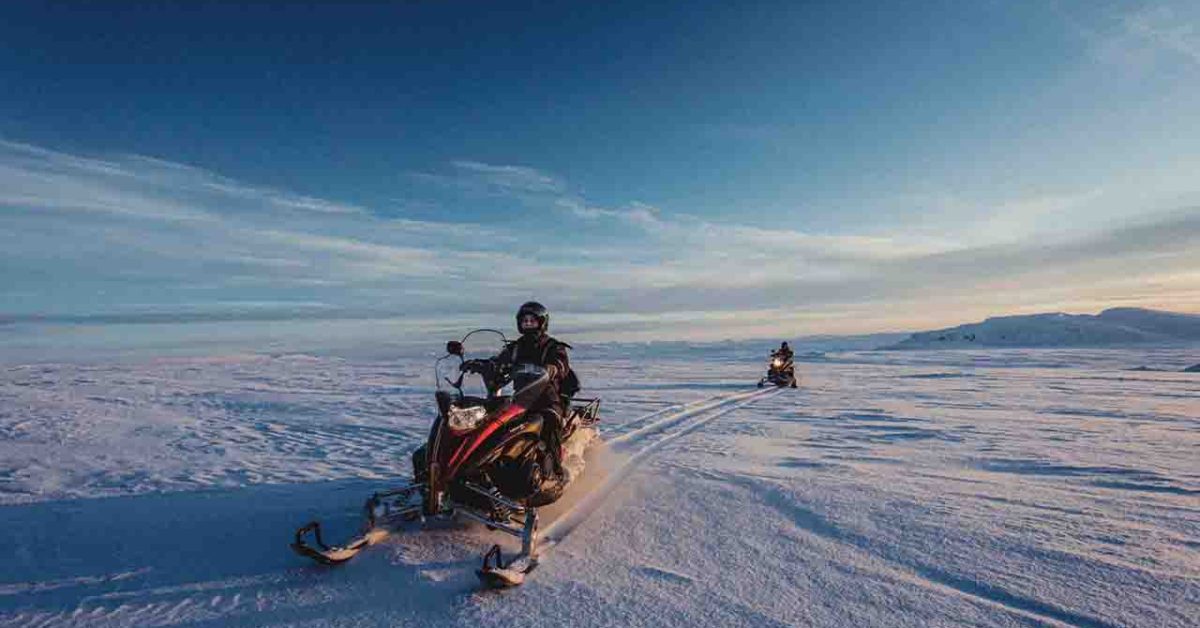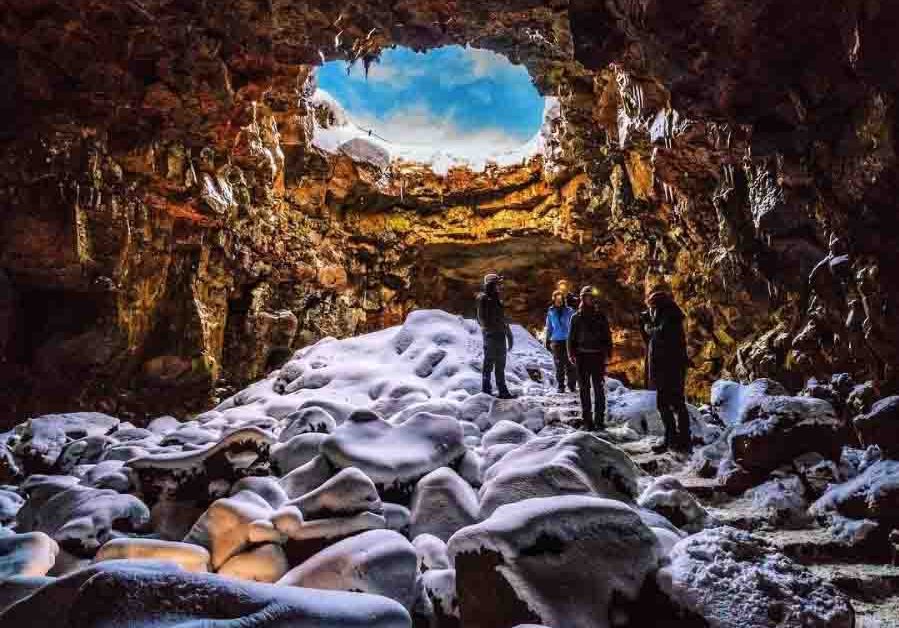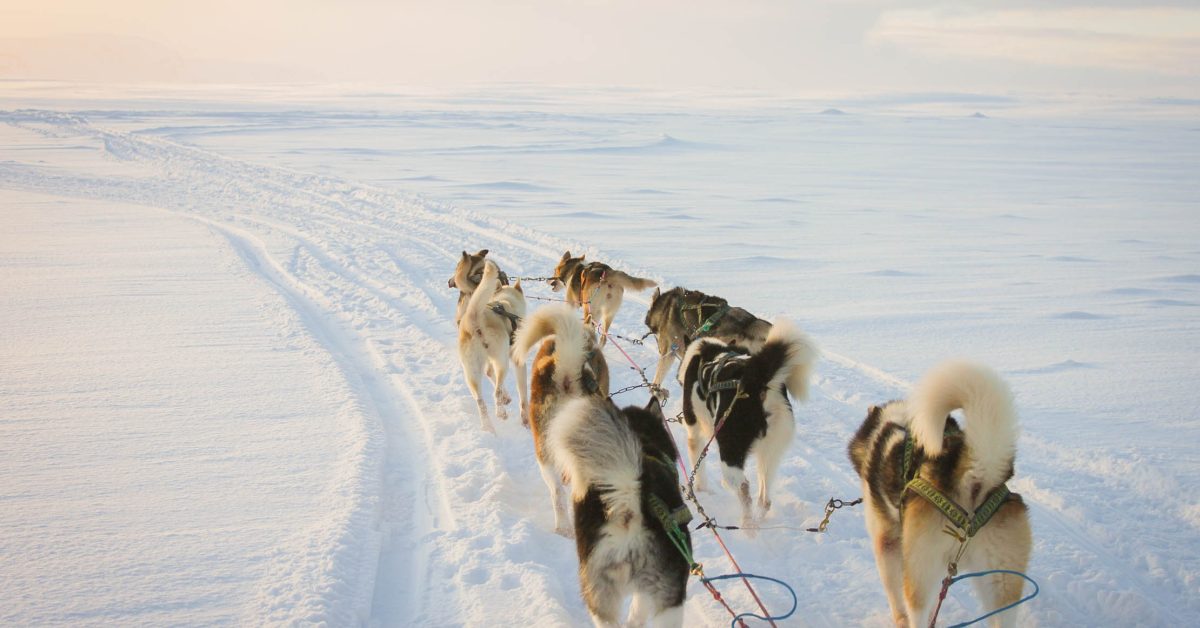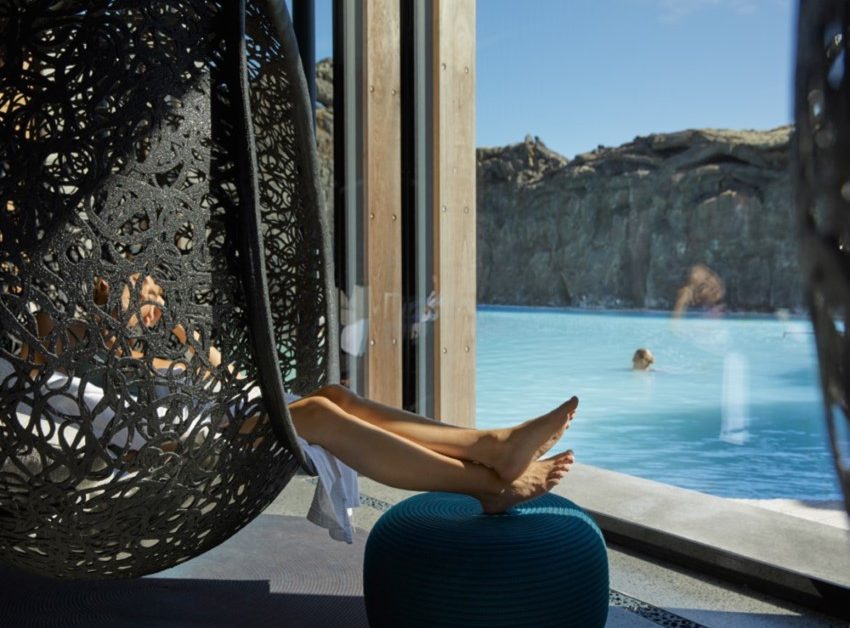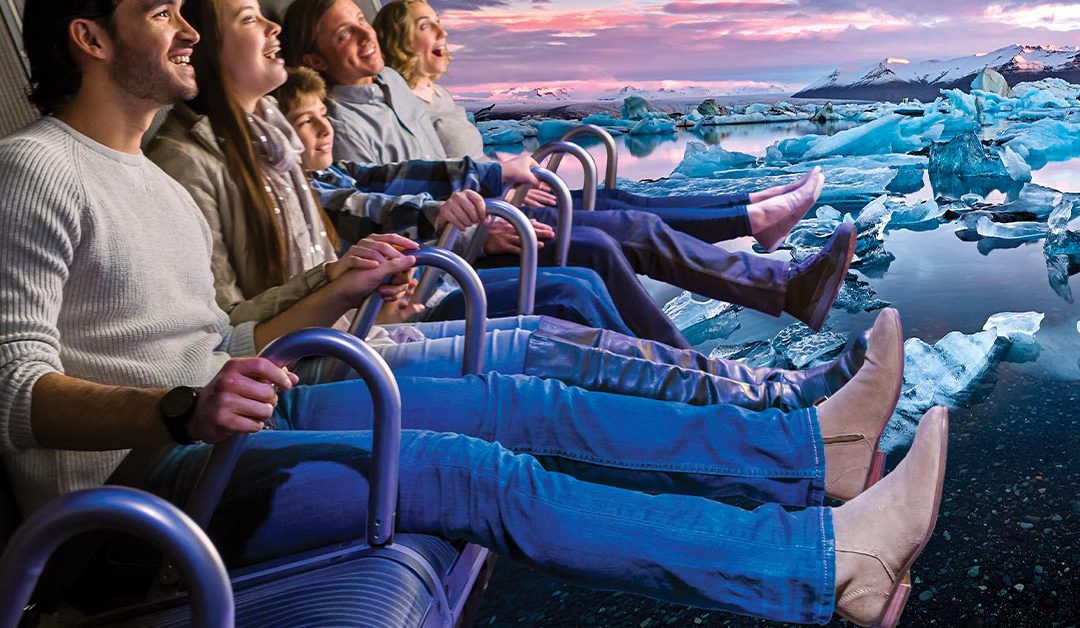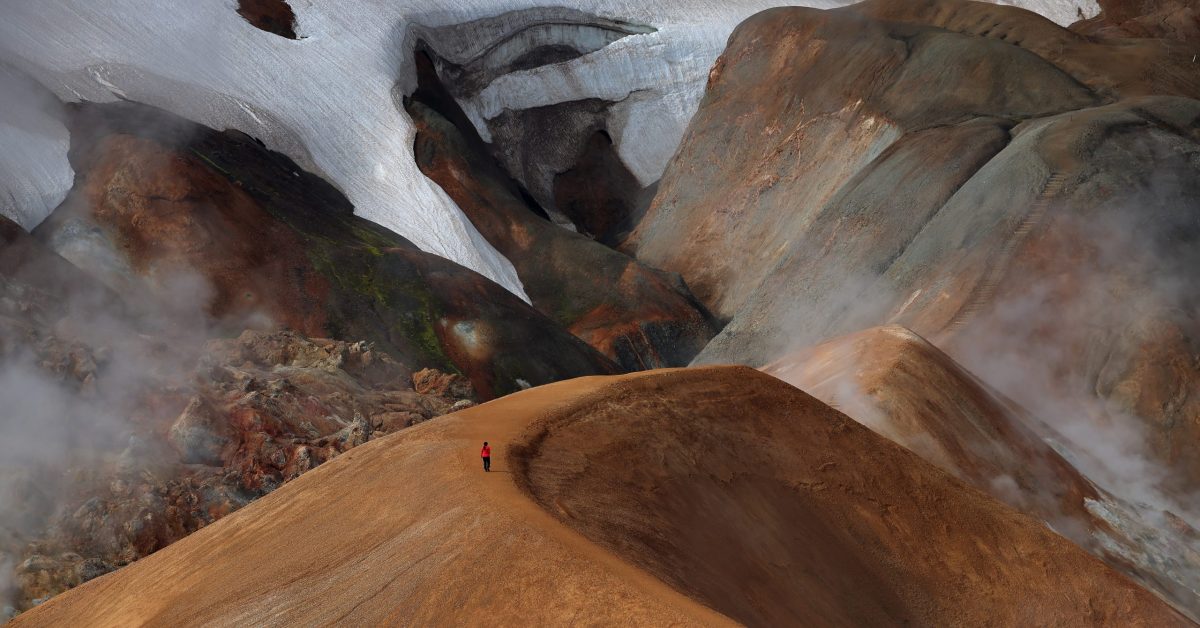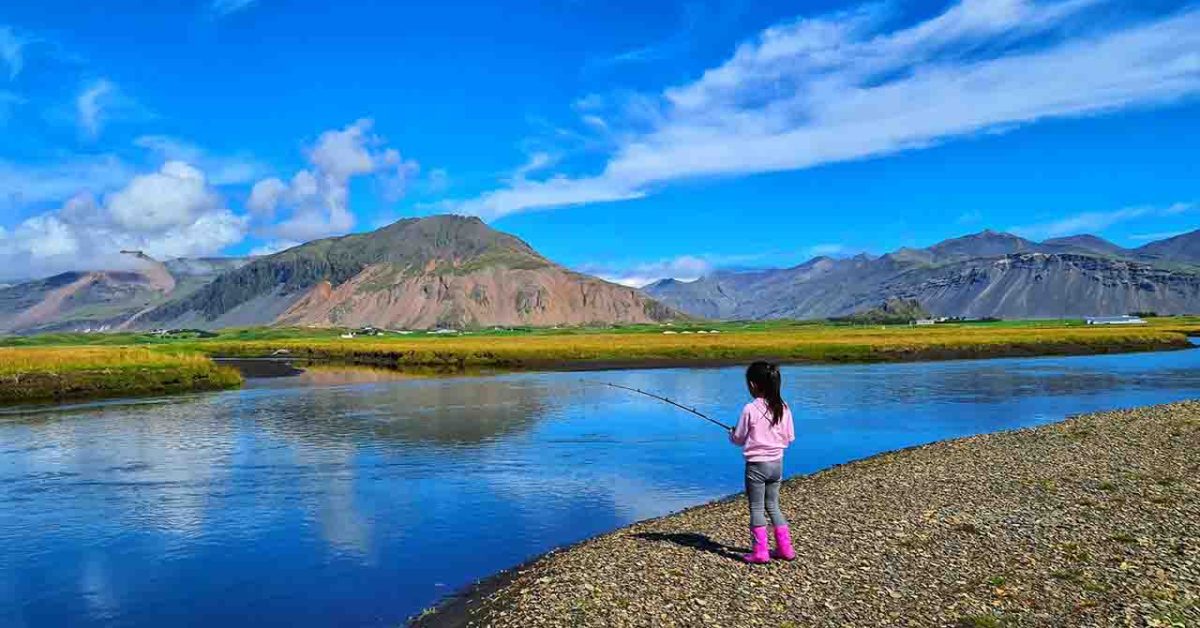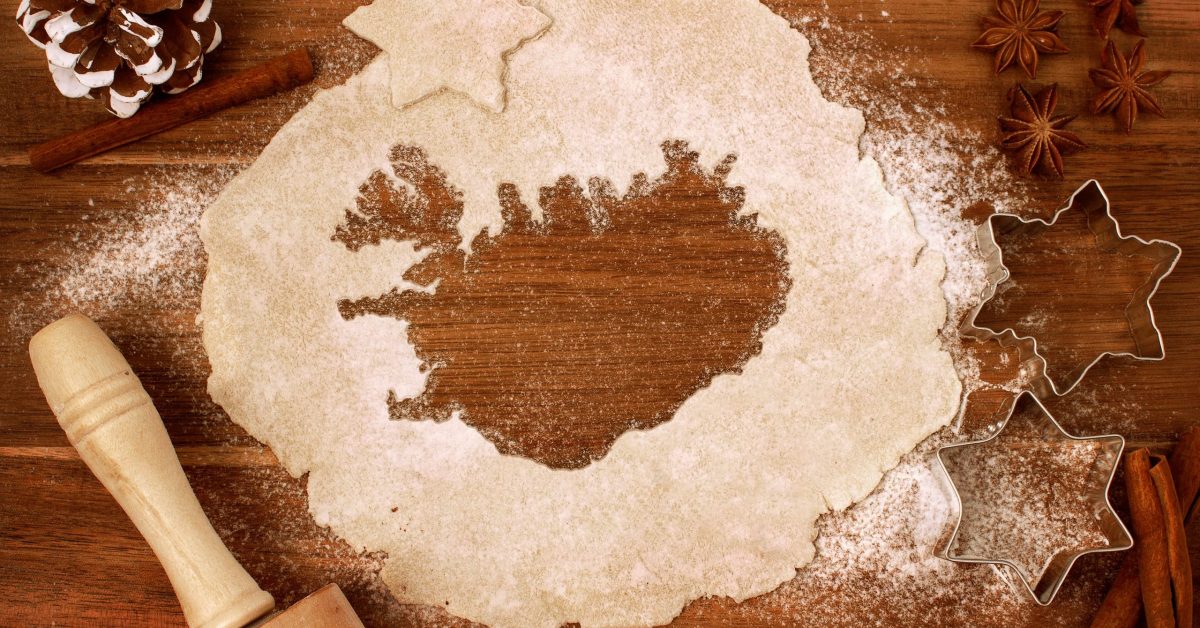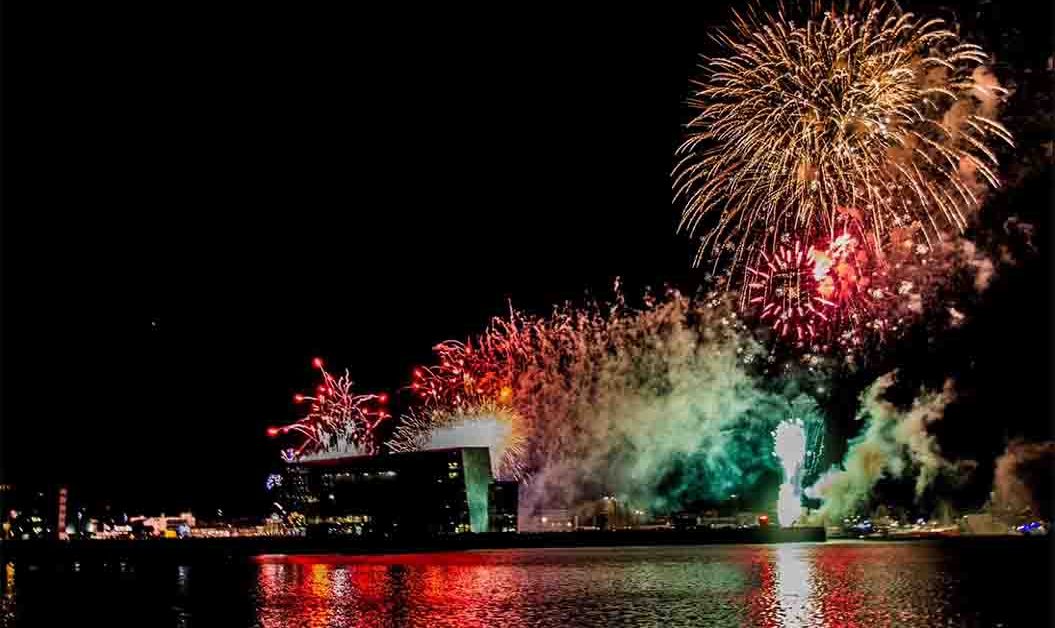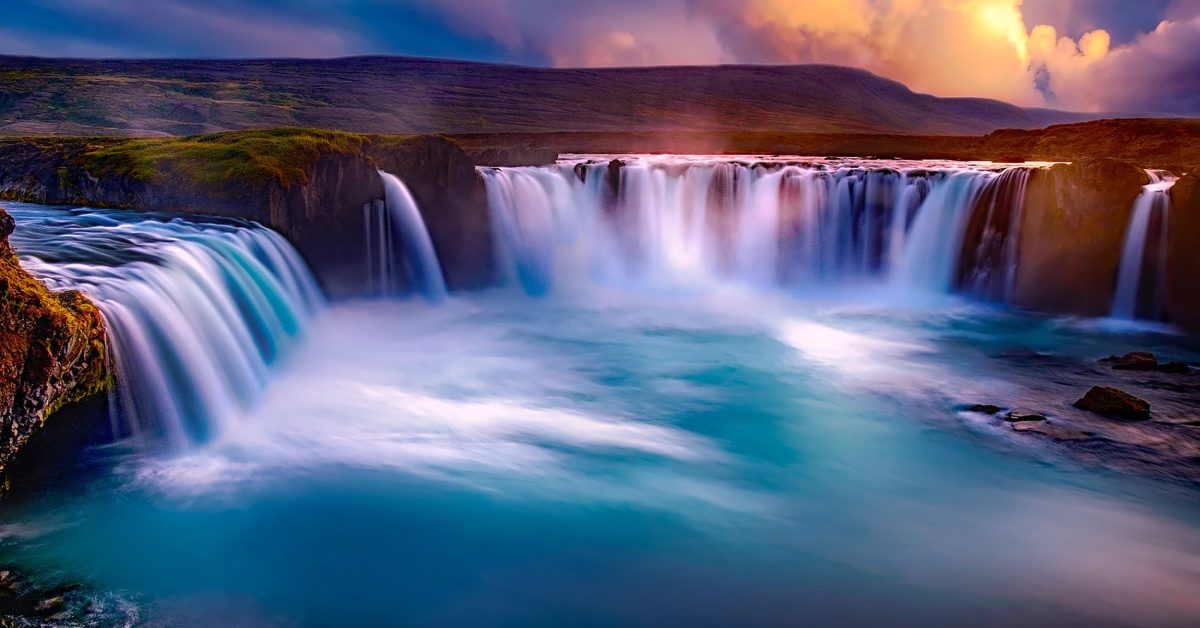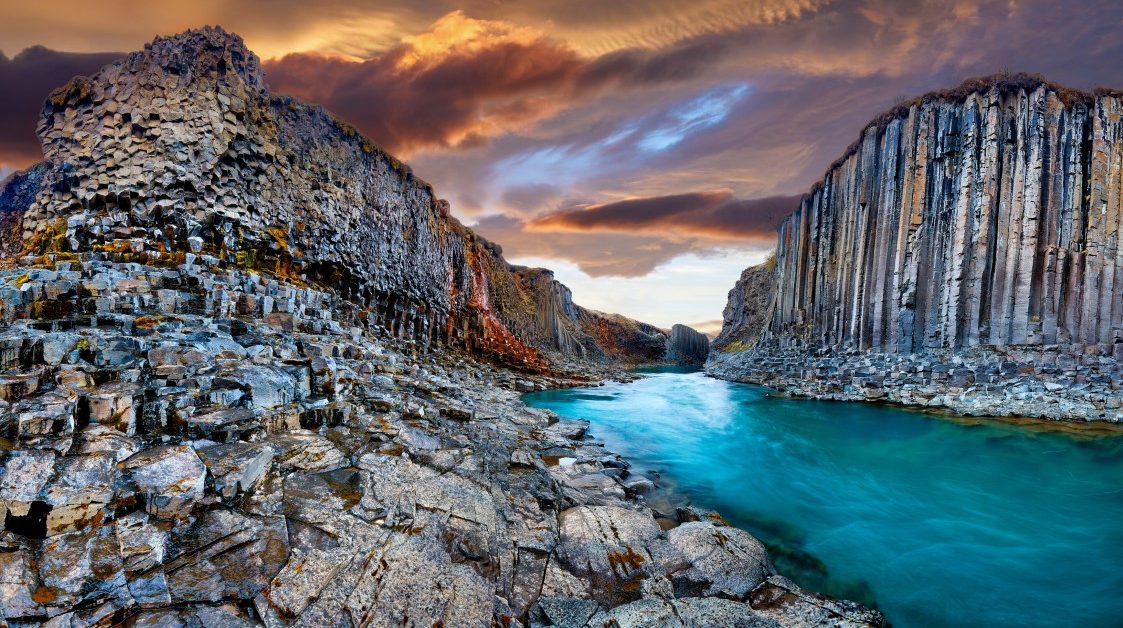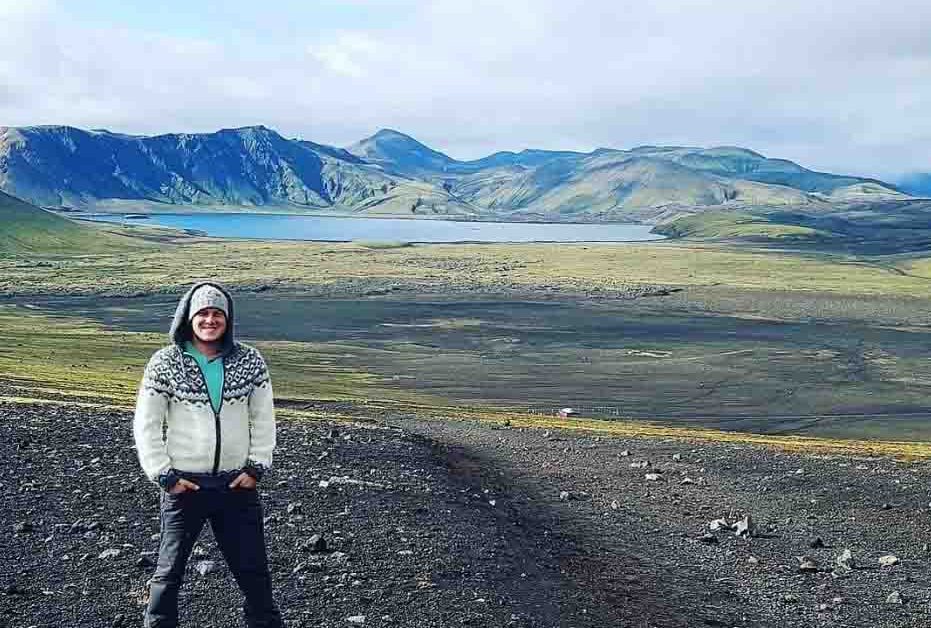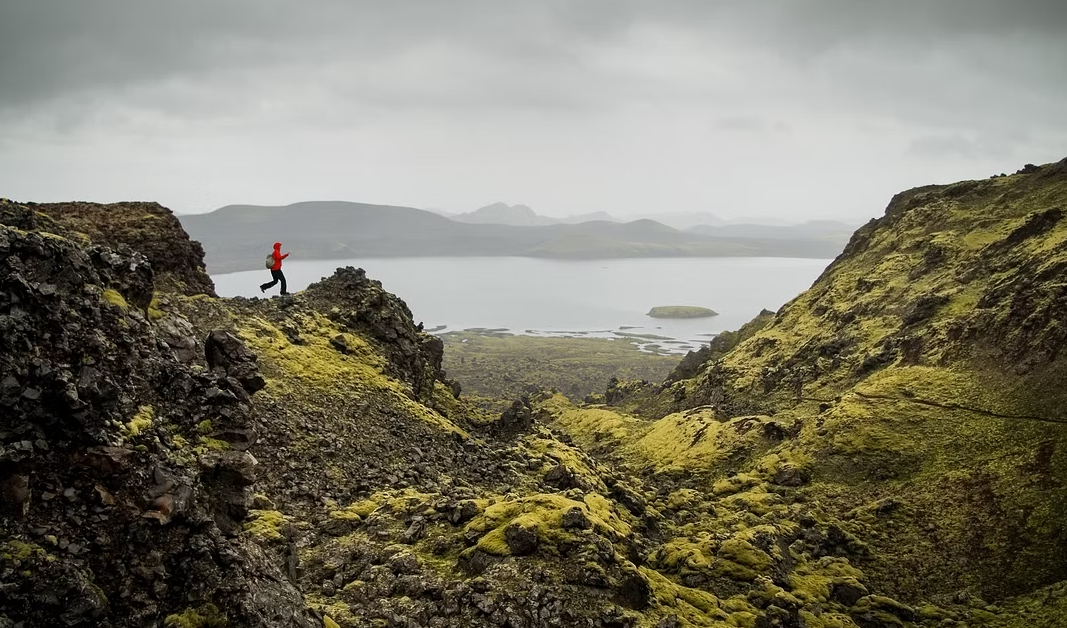Christmas in Iceland
Christmas in Iceland “It’s the most wonderful time of the year!” we start to hear those words even in the middle of November which means people enjoy celebrating Christmas and they prepare for this period in advance.
So do Icelanders and you will find out in this blog, how Icelanders celebrate Christmas and what traditions they have here in the Land of Fire and Ice.
The Christmas holiday has different meanings for different cultures and it is celebrated differently from country to country. Besides the commercial character of this holiday, Christmas means something different for each of us.
To better understand how Icelanders celebrate Christmas, in this blog I will talk about:
How did the idea of celebrating Christmas start?
How did the idea of celebrating Christmas start?
At the beginning of the Icelandic community’s existence, they were not celebrating Christmas but the winter solstice or the mid-winter. 21st December is the day of the winter solstice when there are only two hours and 30 minutes of daylight.
Excepting this day, there are only four hours of daylight during winter and Icelanders are celebrating the darkest period of the winter.

The mid-winter festival is a Viking celebration of the winter solstice. They called it ‘Jól’ and became the Icelandic word for Christmas.
Throughout the years, as Christianism took over, Iceland adopted some Christmas traditions from outside the country. They added Santa Claus(es) to their Christmas celebration but in the Icelandic style.
The Yule Lads story
Nowadays there are thirteen Santa Clauses in Iceland, yep you read well, 13 Santa Clauses. The Yule Lads, as they call them in Iceland are the Santa Clauses in Iceland. But at the beginning, they were not as nice as we know Santa Claus is.
In Icelandic folklore, they were trolls -some kind of monsters- that were living in the mountains and around the period of winter solstice they were coming into the towns to scare the badly behaved children and to steal from the Icelander’s households.
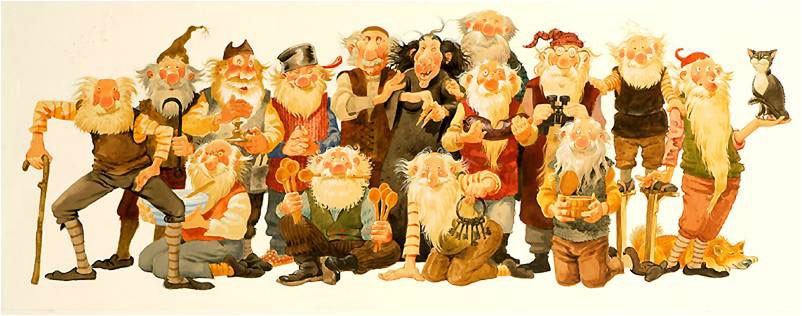
Legend says that the Yule Lads are the sons of Gryla and Leppalúði. Grýla is a half-troll, half-ogre creature who lives in the Dimmuborgir site with her husband Leppalúði.
In Icelandic folklore, Grýla has a huge appetite for children together with her gigantic pet cat. The story says that, during the Christmas period, Grýla and her cat would eat the children for not getting any new clothes.
This story was created in the past to encourage children to finish their weaving, knitting, and sewing tasks before the cold winter season begins.
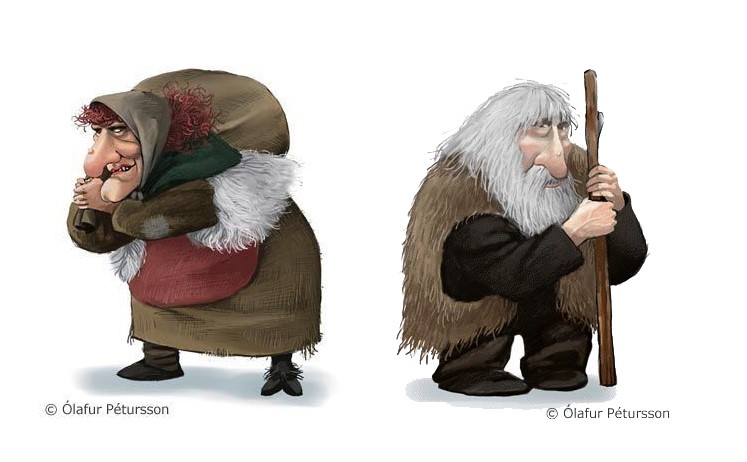
Like their mother, her thirteen sons are terrorizing Icelanders before Christmas and each of them came in different nights into the Icelanders’ homes with different strategies from where they also got their names.
For example, Skyr-Gobbler would come into Icelanders’ homes and steal and lick all the house supplies of Skyr. But let’s find out more about the Yule Lads.
The first Yule Lad comes on the night before the 12th of December and his name is Stekkjastaur (Sheep-Cote-Clod). In Icelandic folklore is said that Stekkjastaur came to suck milk from the sheep.
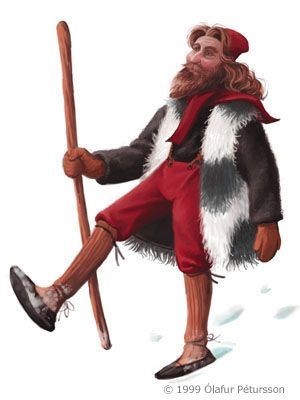
The second Yule Lad comes on the night before the 13th of December. His name is Giljagaur (Gully Gawk) and he likes to hide inside the barns to steal the froth of the milk buckets.
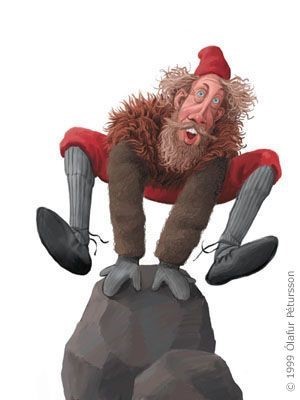
The third Yule Lad is called Stúfur (Stubby) and the name might say what he likes to do. He is stealing pans to eat the crust left in them. He is coming into the Icelander’s houses on the night before the 14th of December.
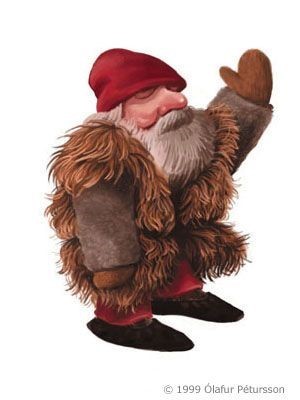
The fourth Yule Lad is stealing þvörur (long wooden spoons) to lick them. His name is Þvörusleikir (Spoon-Licker) and comes on the night before the 15th of December.

Pottaskefill (Pot-Licker) is the fifth Yule Lad that is coming on the night before the 16th of December. As the name says he is stealing the pots to eat the leftovers in them.
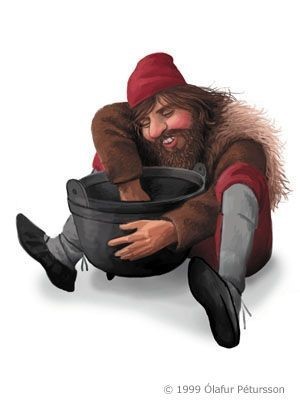
Askasleikir (Bowl-Licker) comes on the night before the 17th of December and hides under the bed. Icelanders used to keep there a plate that is used for all meals – “askur” and Askasleikir steal it to eat from it.
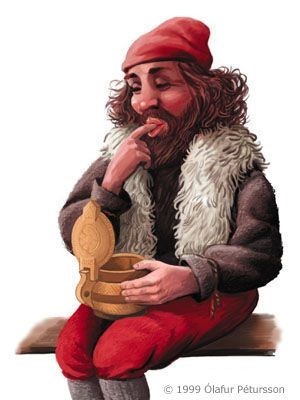
The seventh Yule Lad is called Hurðaskellir (Door-Slammer) he came on the night before the 18th of December and it is a little different from his brothers. He is the one who likes to make noise by slamming the doors during the night.
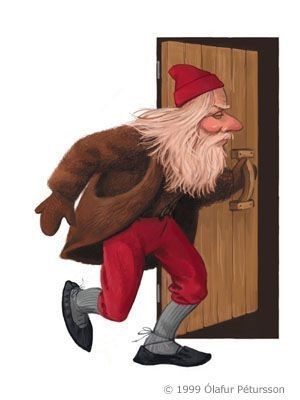
On the night before the 19th of December comes the eight of the Yule Lads, the Skyrgamur – Skyr Gobbler.
He is stealing the pots where people were keeping skyr (Icelandic dairy product) and eating all the skyr. Well, I understand him perfectly, skyr is so good.
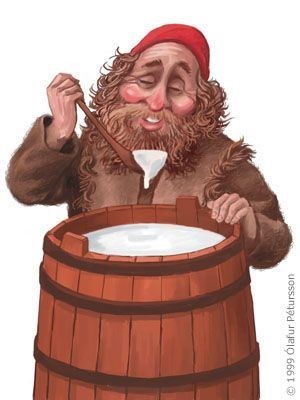
Bjúgnakrækir (Sausage-Swiper) is the ninth of the Yule Lads and he comes on the night before the 20th of December. He hides in the rafters and steals all the smoked sausages. I can not blame him either, Icelandic smoked sausages are the best.
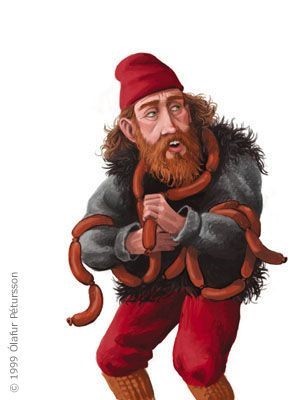
Gluggagægir (Window-Peeper) comes on the eve of 21st of December and he is peeking inside the people’s houses to find something to steal.
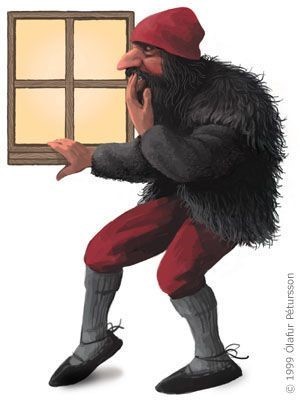
The eleventh Yule Lad is called Gáttaþefur (Doorway-Sniffer) and he has a long nose and a strong sense of smell.
He is coming on the night before the 22nd of December and is sniffing at the people’s door and steals the Laufabrauð when he finds it.

On the night before the 23rd of December comes the twelfth of the Yule Lads, Ketkrókur (Meat-Hook). He has a hook that helps him steal the meat from the Icelander’s houses.
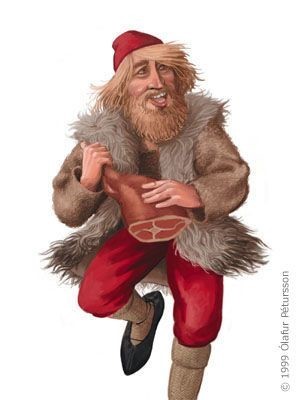
The last one of the Yule Lads comes before the 24th of December. His name is Kertasníkir (Candle-Stealer) and as his name suggests, he steals the candles from the kids to eat them. The candles were made of fat so that’s why he ate them.
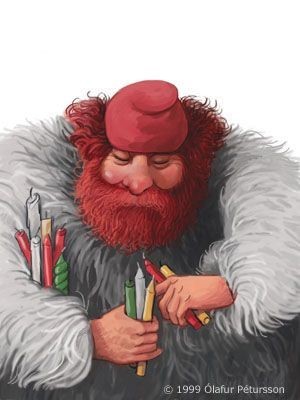
The Yule Lads come thirteen days before Christmas day and each of them stays for 13 days and then leaves in the order they come starting the 25th of December.
Some people say that the Yule Lads story started from the homeless people in Iceland who during the darkest period of the year came to steal food from Icelander’s houses.
The story of the Yule Lads got modified over time and they are not only stealing the Skyr or harassing the livestock anymore, nowadays they are bringing gifts for nice-behaved children and stealing from the badly behaved ones. And so were created the thirteen Santa Clauses in Iceland.
Christmas traditions in Iceland
In Iceland, the celebration of Christmas starts four weeks before Christmas Day and it ends on the 6th of January.
The tradition is to light a candle each Sunday before Christmas and then to light four candles on Christmas Eve, on the 24th. On Christmas Eve (Aðfangadagur), at 6 pm the celebration of Christmas starts once the church bells ring.
Thirteen days before Christmas day (Jóladagur), children leave their shoes near the window so the Yule Lads can give them every day some small gifts.
Also, on the 11th of December people are decorating the Christmas tree inside their houses. Icelanders didn’t have a Christmas tree at the beginning of celebrating Christmas, so they were improvising a Christmas tree by building it from green painted branches.
Nowadays they have Christmas trees and they are following the tradition of decorating it and the entire house on the 11th of December.
Christmas in Iceland is all about family and friends and people like to start to eat festive meals as soon as the celebration starts, then they open the gifts and spend time together.
On the 23rd of December, it is Þorláksmessa or St. Thorlakur’s Day. ‘Heilagur Þorlákur Þórhallsson’ is a major saint in Iceland and he was the Bishop of Skálholt. The 23rd of December was the day he died and Icelanders are celebrating this day and eating a simple meal of (fermented) ‘skata’ or skate.
During the Christmas holiday, Icelanders go to the cemetery and decorate it with Christmas lights.

As I mentioned the Christmas holiday is ending on the 6th of January. After Christmas, the Icelanders are celebrating the New Year. This celebration is divided into the last day of the current year (the New Year’s eve-Gamlárskvöld) and the first day of the New Year (Nýársdagur).
This is the most important night of the year and Icelanders believe many magical things are happening: seals are taking human form, cows can talk, elves are moving houses and dead are rising from their graves.
On New Year’s Eve night, there has been a tradition since 1700 to make huge bonfires (and nowadays they have big fireworks displays) and dances to say goodbye to the Yule Lads, and the elves and to bow out the year.
Þrettándinn is the last day of the Christmas celebration on the 6th of January and Icelanders are celebrating it with fireworks, bonfires and dances.
Christmas food in Iceland
Festive food in Iceland especially the one for Christmas is delicious. For the Christmas dinner, the most common traditional dishes are laufabrauð, ‘Hangikjöt’ or ‘Hamborgarhryggur’.
Laufabrauð “it consists of round, very thin flat cakes with a diameter of about 15 to 20 cm (6 to 8 inches), decorated with leaf-like, geometric patterns and fried briefly in hot fat or oil.” Wikipedia
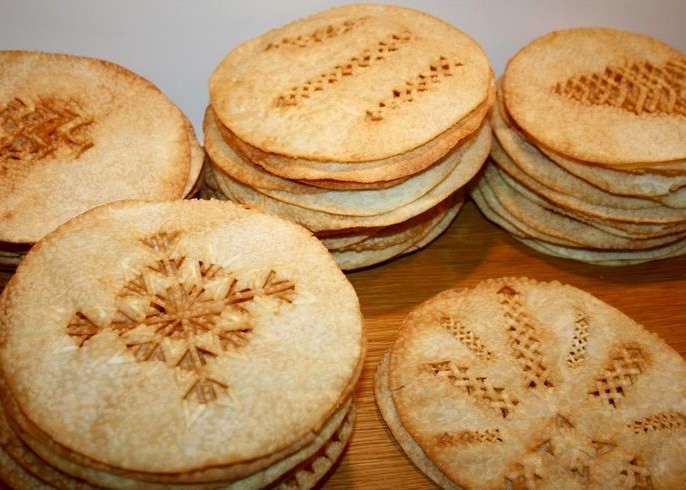
‘Hangikjöt’ is dry-salted or pickled lamb meat that is cold-smoked. The fire that smokes the meat is fueled by dry sheep dung. It is served with boiled potatoes, peas and white sauce. Icelanders are crazy about sauces.
Also, the smoked lamb is served at lunch with rye bread and butter or with flatbread and butter.
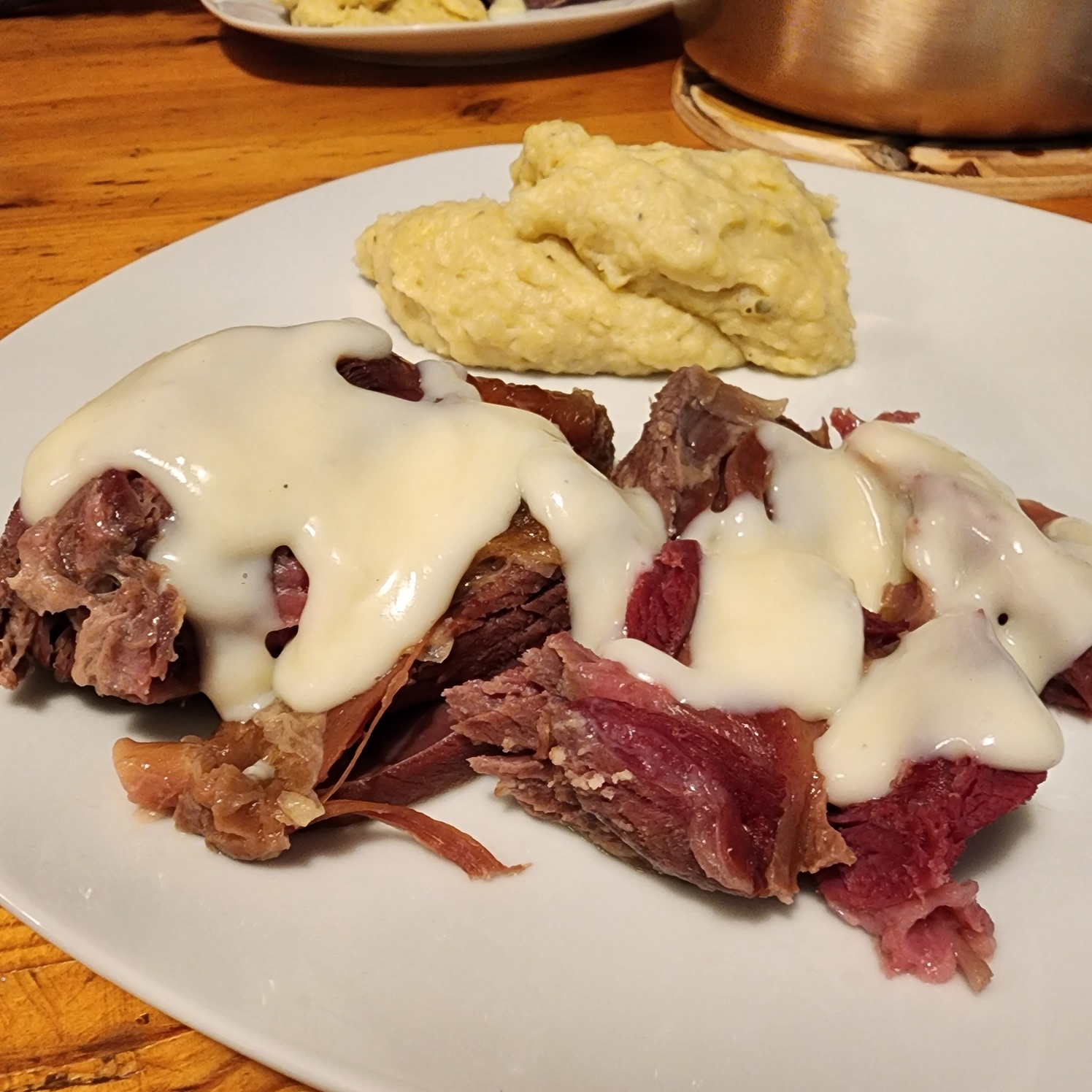
‘Hamborgarhryggur’ is a smoked rack of pork that is boiled and then cooked in the oven with a sweet glaze.
It is served with caramel-boiled potatoes, red cabbage and mushroom sauce. I have water in my mouth right now so you can understand how delicious is.
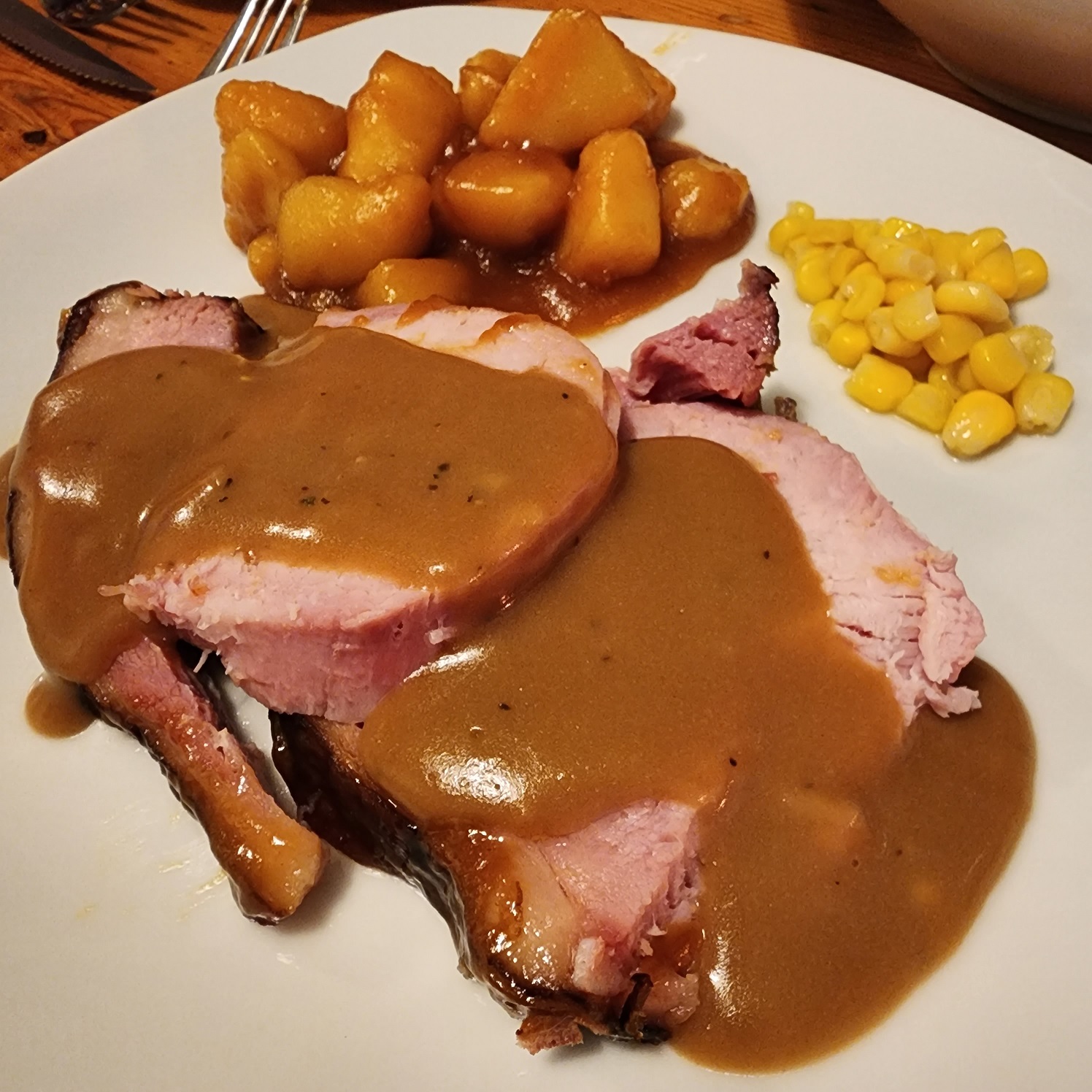
There are also many common dishes that Icelanders have on their table on Christmas day but those that I presented are the specific ones.
In Iceland, people like to celebrate Christmas and you will see Christmas lights at almost every house in Iceland. There are also Christmas events like concerts, Christmas markets and different festivals during the holiday period. (Note that those events happened before the pandemic and this year may suffer changes).
If you come to Iceland to celebrate Christmas you will have a memorable holiday here. The towns are dressed up in Christmas lights and if you get lucky the sky might also get dressed with green Northern Lights.
A trip to Iceland is the perfect Christmas gift for your travel buddy or your family.







